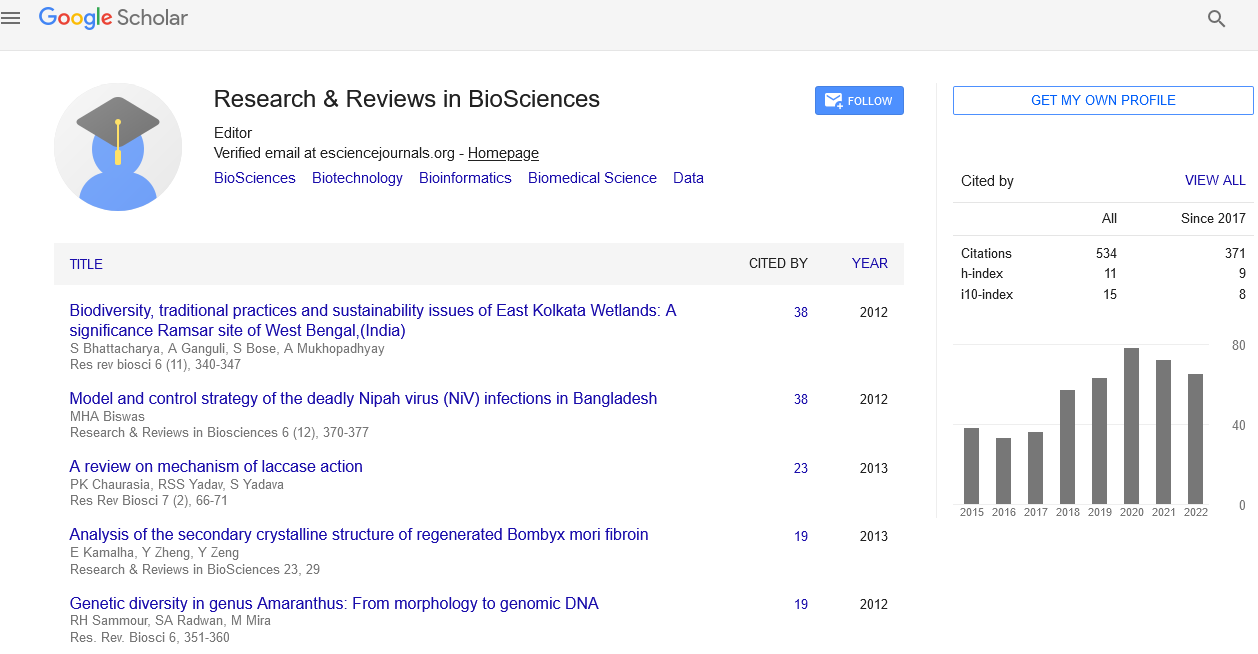Abstract
The Features of Nonlinear Excitation and Energy Transport in the Protein Molecules
Author(s): Pang Xiao-FengThe features of nonlinear excitation (or soliton motion) and energy transport in the ï¡Â–helical protein molecules arising from the energy released in the hydrolysis of adenosine triphosphate (ATP) molecules, which is a basic problem in life science and related to many biological processes, are studied and reviewed systematically. Based on different understanding of properties of structure of ï¡Â–helical protein molecules some theoretical models of the nonlinear excitation and energy transport along the molecular chains have been proposed and established, A brief survey of past researches on different models and theories of energy, including DavydovÂ’s, TakenoÂ’s, YomosaÂ’s, Brown et alÂ’s, SchweitzerÂ’s, Cruzeiro-HanssonÂ’s, Forner‘s and PangÂ’s models were first stated and reviewed in this paper. Subsequently we studied and reviewed mainly and systematically the properties, thermal stability and lifetimes of the carriers (solitons) transporting the energy at physiological temperature 300K in PangÂ’s and DavydovÂ’s theories. From these investigations we know that the carrier (soliton) of energy transport in the ï¡Â–helical protein molecules in PangÂ’s model has a higher binding energy, higher thermal stability and larger lifetime at 300K relative to those of DavydovÂ’s model, in which the lifetime of the new soliton at 300K is enough large and belongs to the order of 10-10 second orô/ô0700. Thus we can conclude that the soliton in PangÂ’s model is exactly the carrier of the energy transport, PangÂ’s theory is appropriate to ï¡Â–helical protein molecules.
